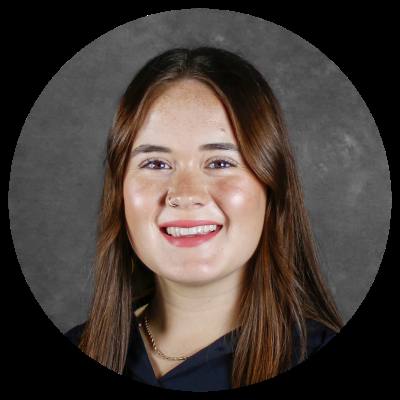The advanced imaging technology is allowing providers to better detect breast cancer in its beginning stages, said Debbie Dupre, lead mammographer at St. David’s Georgetown. Additionally, the hospital provides various treatment options and surgeries for individuals who receive a diagnosis.
The impact
The new 3D mammography system provides staff more detailed imaging that can lead to the early detection of breast cancer, Dupre said. The software captures around 50 images of the breast compared to a traditional 2D mammogram that may only capture around four images.
Breast cancer is the second leading cause of cancer deaths for women, according to the American Cancer Society, but is easily treatable when detected early, Dupre said. An early detection may allow patients to avoid chemo and radiation treatments, she said.
“It’s really beneficial with this 3D machine what we can visualize early, that way those patients don’t have these long-term treatment plans,” Dupre said.
The background
St. David’s Georgetown stopped providing mammograms for the last two years due to staffing shortages and its mammography machine breaking down, Dupre said.
The hospital decided to return these services as there are not many care options in the area, Dupre said. Few facilities in the area provide 3D mammograms, and those that do often have long wait lists, she said.
“Having this up in this area, any of those patients that have a history of breast cancer really will benefit from being able to come here,” Dupre said.
The hospital hired Dupre to restart the program this spring, renovated its radiology department, and received a new dressing room and new equipment, including a CT scanner, she said.
Put in perspective
At 32 years old, Georgetown resident Catalina Trivino was diagnosed with breast cancer in 2022 after discovering a lump while doing a self-breast exam.
Within 24 hours of receiving her diagnosis, Trivino discovered she was pregnant after trying to conceive for years.
“I was like, ‘What am I going to do?'” Catalina said in an interview with Community Impact. “How does this affect my baby? Can they get through this?”
Trivino worked with St. David’s Georgetown physicians to undergo a mastectomy and reconstructive implant surgery when she was 12-weeks pregnant. Leading up to the surgery, she was assigned a nurse navigator who helped support her through the process, she said.
“They really took care of me,” Trivino said about her care team. “They were going to make sure that me and my baby were going to be safe and that we were going to get out of it, and we were going to have a normal life."
In July 2023, Trivino gave birth to a healthy daughter and learned she was cancer-free in November.
“I get to live a normal life, but with even more gratitude,” she said. “If I had to do this again, I would because my perspective has really changed in how I see life, and even more with this little girl. I see life through her eyes.”
Keep in mind
Women age 40 and over should get screened for breast cancer by receiving an annual mammogram, Dupre said. Those with a history of breast cancer may want to get screened at age 35. Patients do not need a doctor’s order to receive these screenings, she said.
“The whole reason for mammography is to visualize the breast cancer before you notice it,” Dupre said.
Anyone experiencing symptoms, such as a lump or pain, should contact their health care provider. A doctor may then order a diagnostic screening that will include a mammogram plus additional imaging, such as a breast ultrasound or MRI, she said.
Dupre recommends women conduct monthly self-breast exams to check for any lumps, skin changes, discharge or pain.





